The Versatility and Importance of Copper (Tamba)

Copper, symbolized by Cu on the periodic table, is one of the oldest metals used by humans. Known as "tamba" in some languages, copper has played a crucial role in the development of civilizations due to its unique properties and wide range of applications.
Historical Significance
Copper was one of the first metals to be used by humans, with evidence of copper smelting dating back to around 5000 BCE. Ancient civilizations, such as the Egyptians and the Mesopotamians, used copper for tools, ornaments, and early forms of currency. The discovery of bronze, an alloy of copper and tin, marked a significant advancement in technology, leading to the Bronze Age.
Some key benifits of copper include:
1. Antimicrobial properties: Copper has natural antimicrobial properties that help reduce the growth of bacteria, viruses, and fungi.
2.Excellent heat conductivity: Copper utensils are excellent heat conductors, allowing for even heat distribution and reducing hotspots.
3. Improves digestion: Copper helps stimulate the digestive system and improves the absorption of nutrients from food.
4.Eco-friendly and durable: Copper is a naturally occurring, eco-friendly metal that is 100% recyclable and durable.
5.Non-toxic: Copper is non-toxic and free from harmful chemicals, making it a safe choice for cooking and storing food.
6.Aesthetic appeal: Copper utensils add a touch of elegance and sophistication to any kitchen.
7. Easy to clean: Copper utensils are easy to clean and maintain, requiring only a gentle polish to restore their shine.
8.Reduces risk of water-borne diseases: Copper utensils can help reduce the risk of water-borne diseases like cholera, dysentery, and gastroenteritis.
9.Increases nutritional value: Copper utensils can help increase the nutritional value of food by enhancing the absorption of nutrients.
Copper (tamba) continues to be a vital material in modern society, just as it was in ancient times. Its unique properties and versatility ensure its ongoing importance in various industries, from electronics and construction to healthcare and renewable energy. As we move towards a more sustainable future, copper's recyclability will play a crucial role in reducing environmental impact and conserving resources.


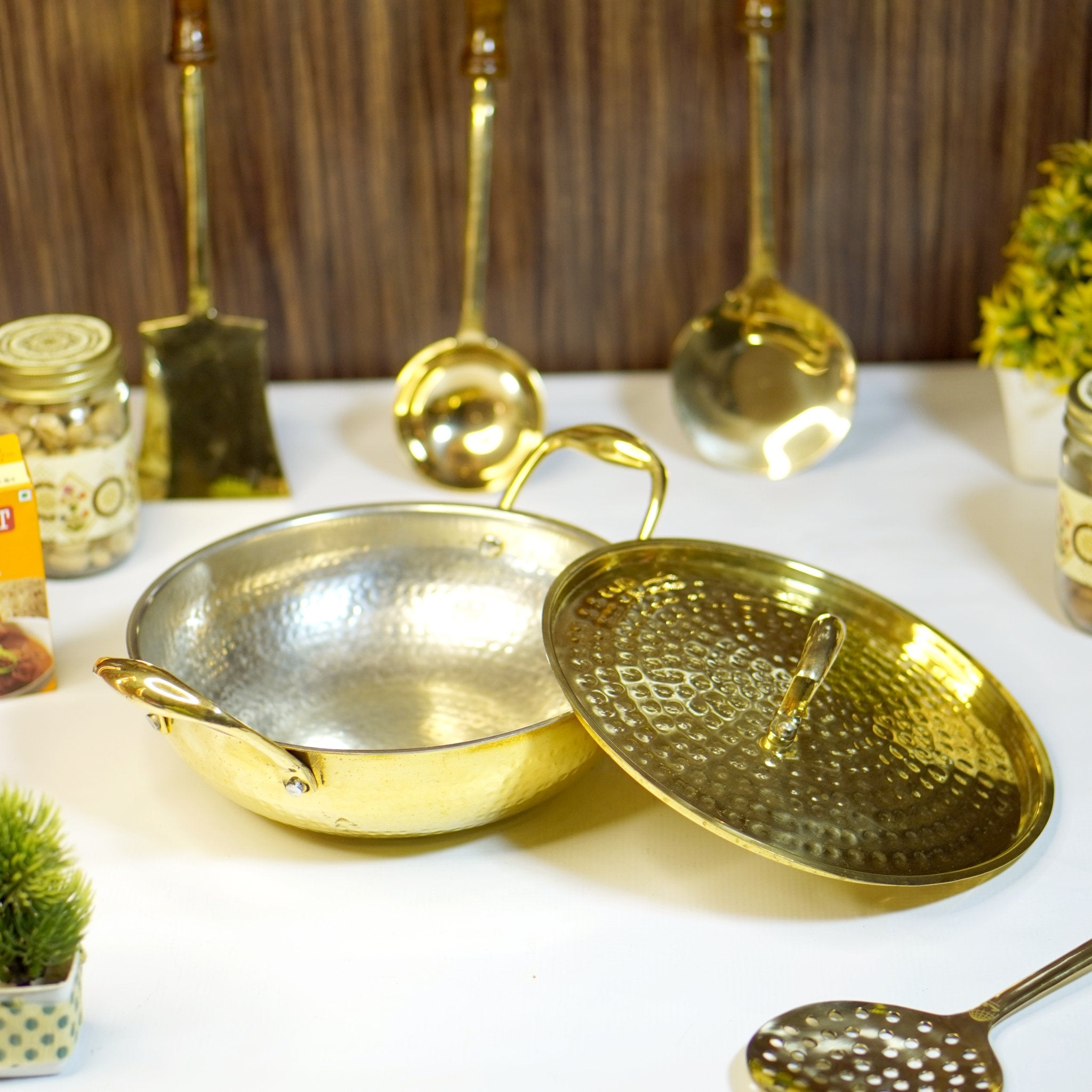

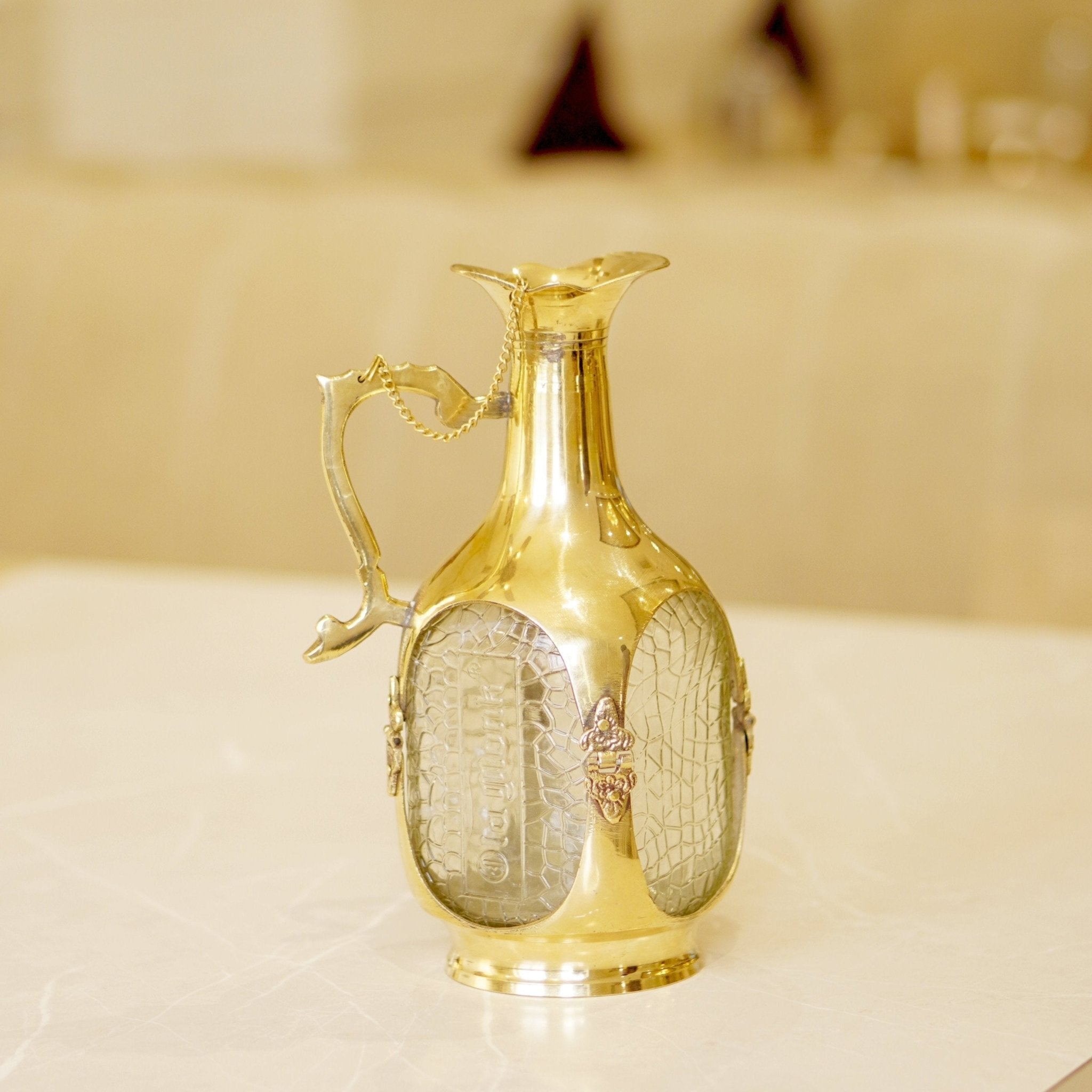
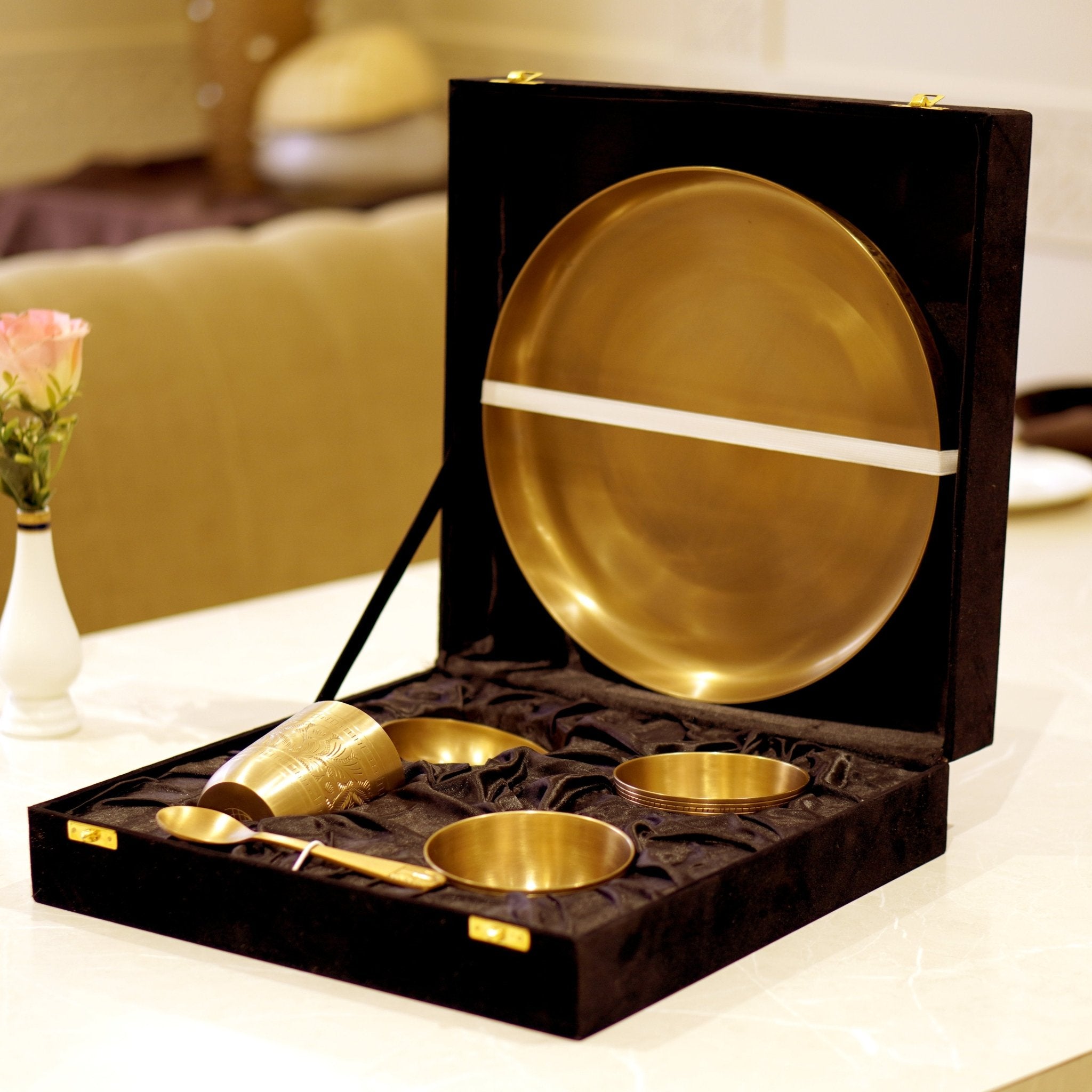

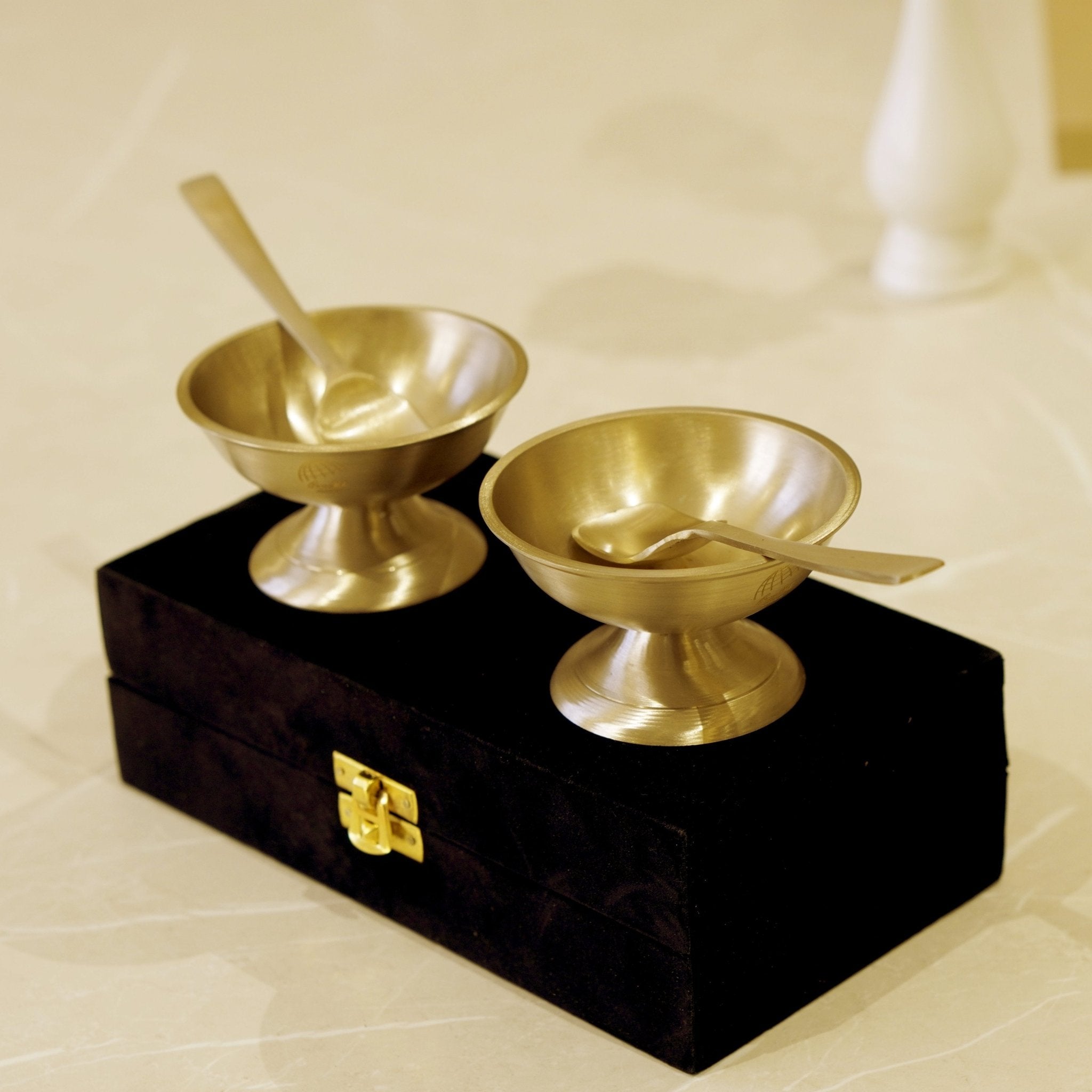

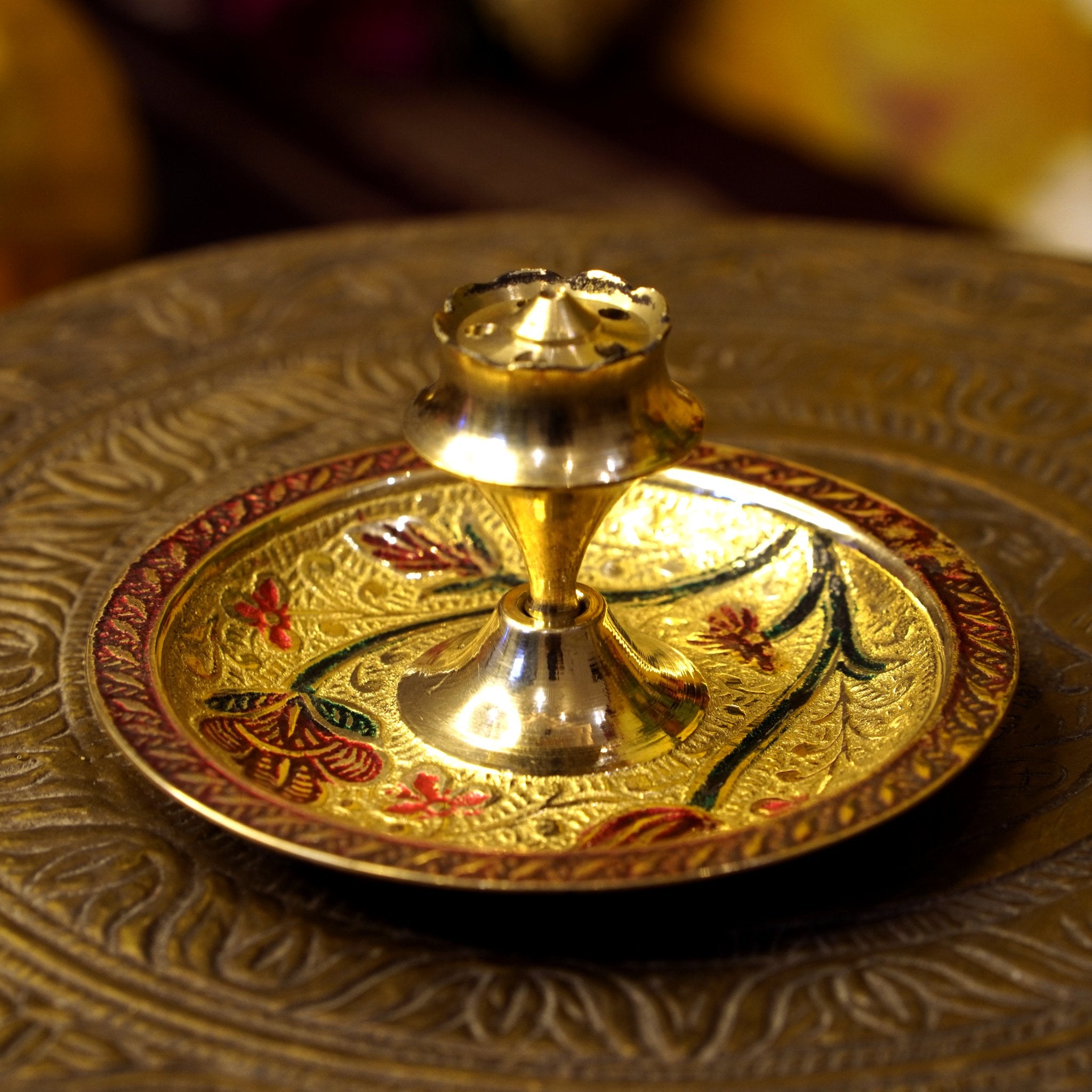

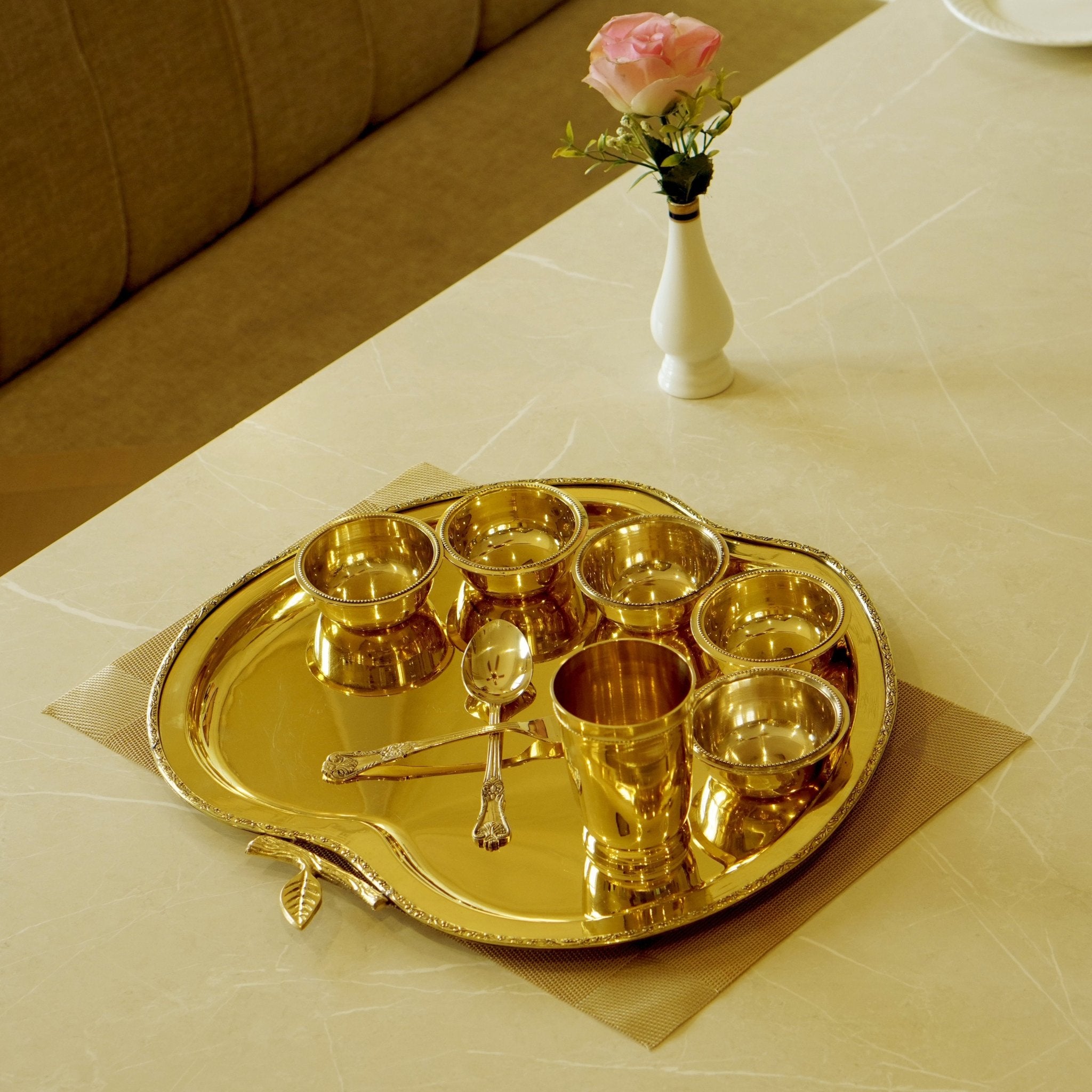
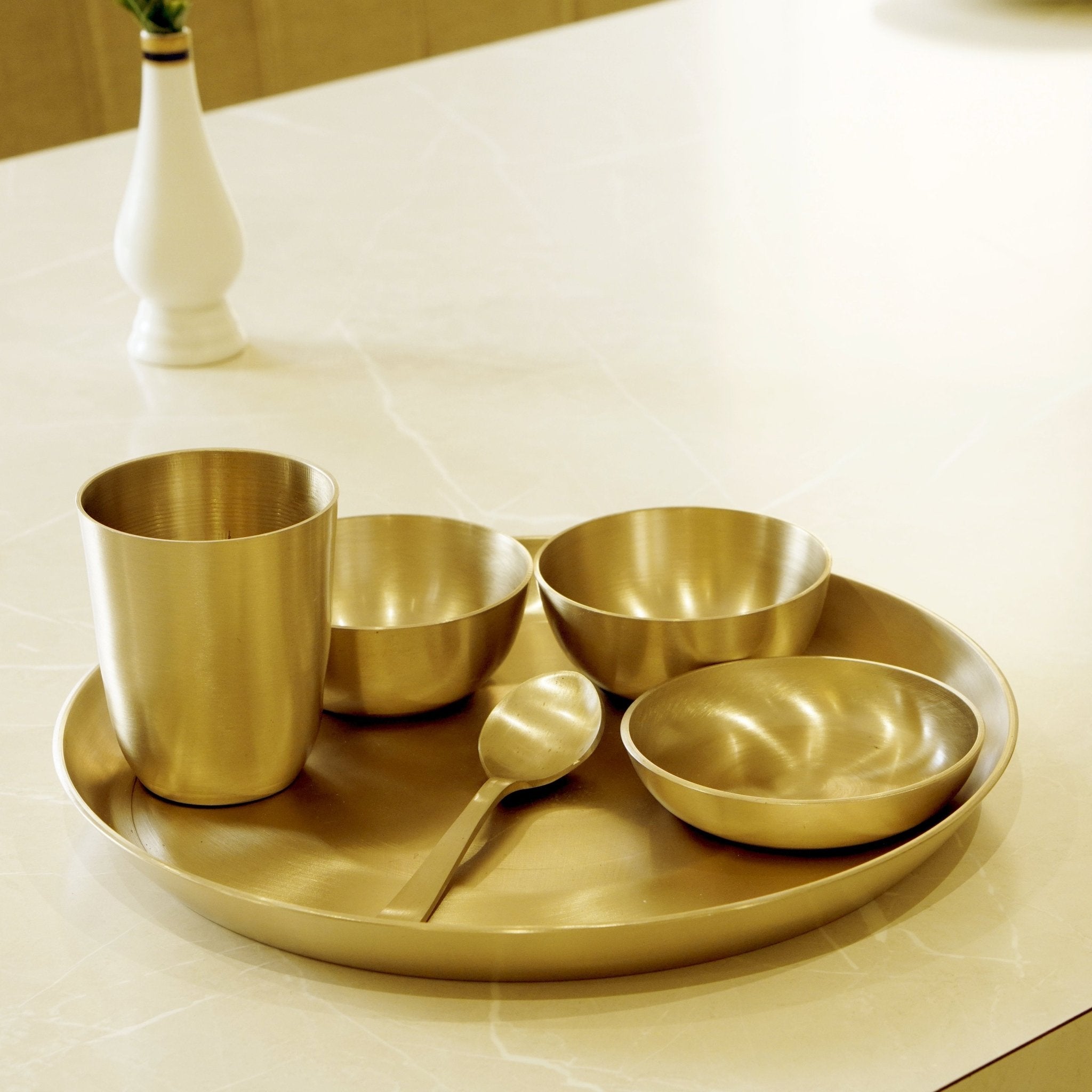
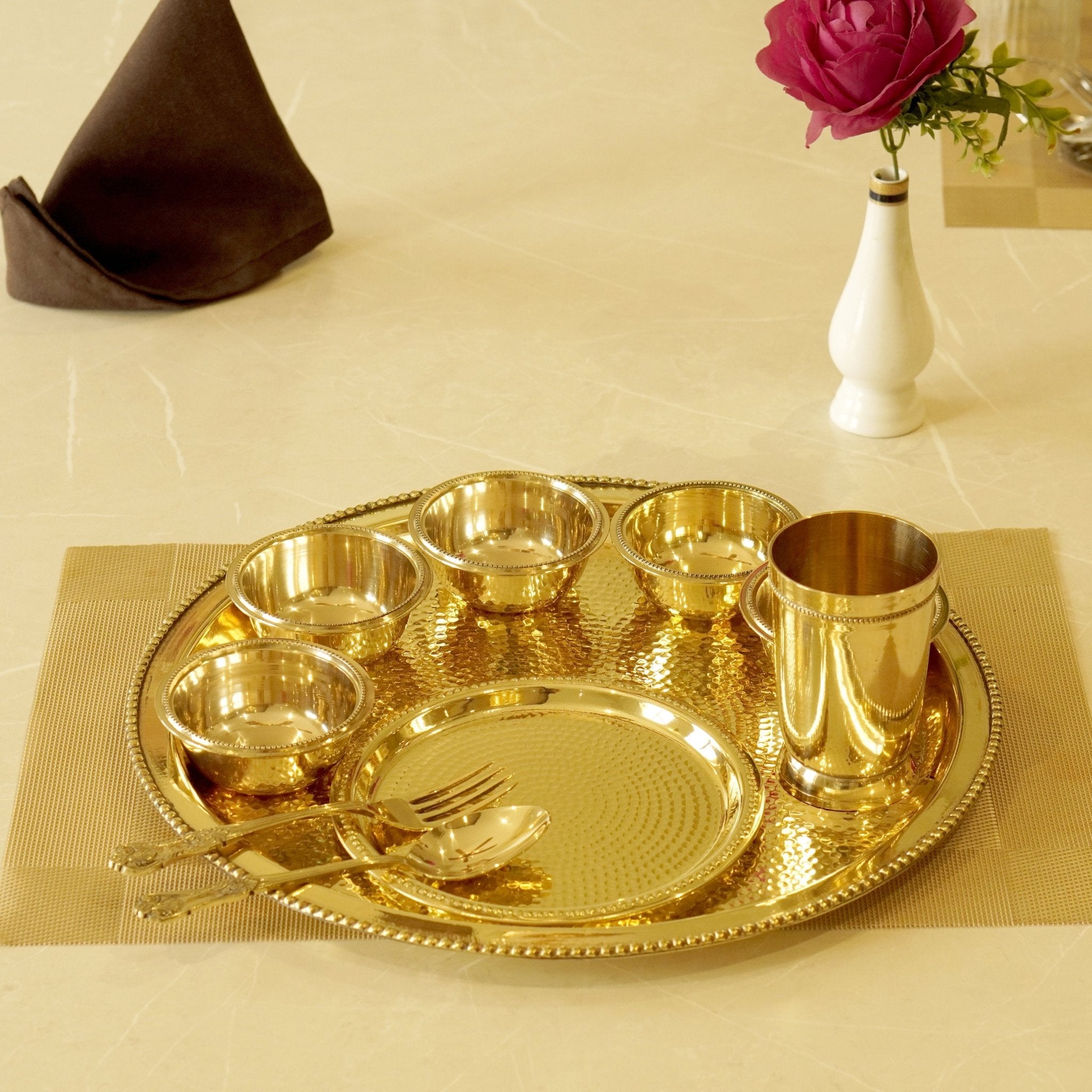
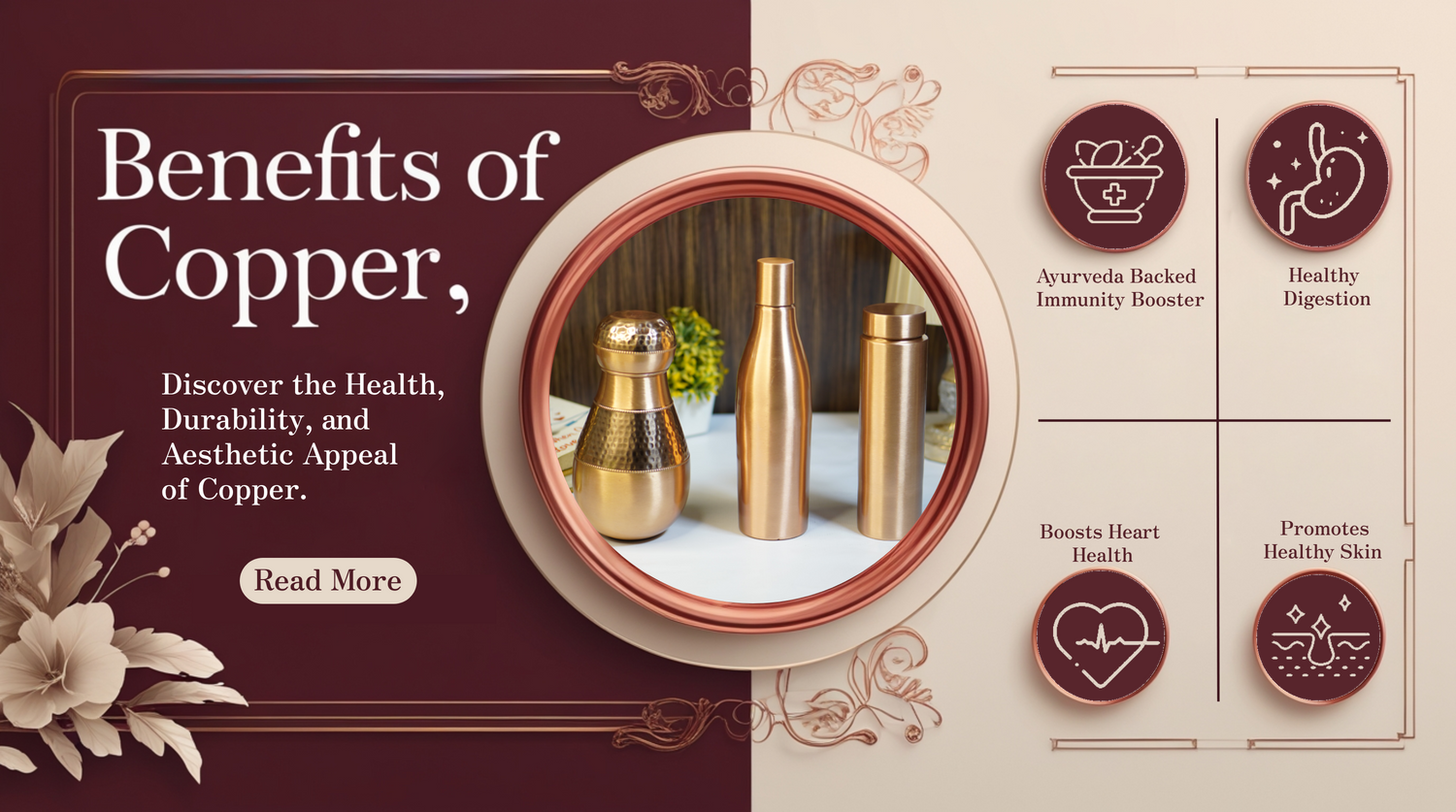
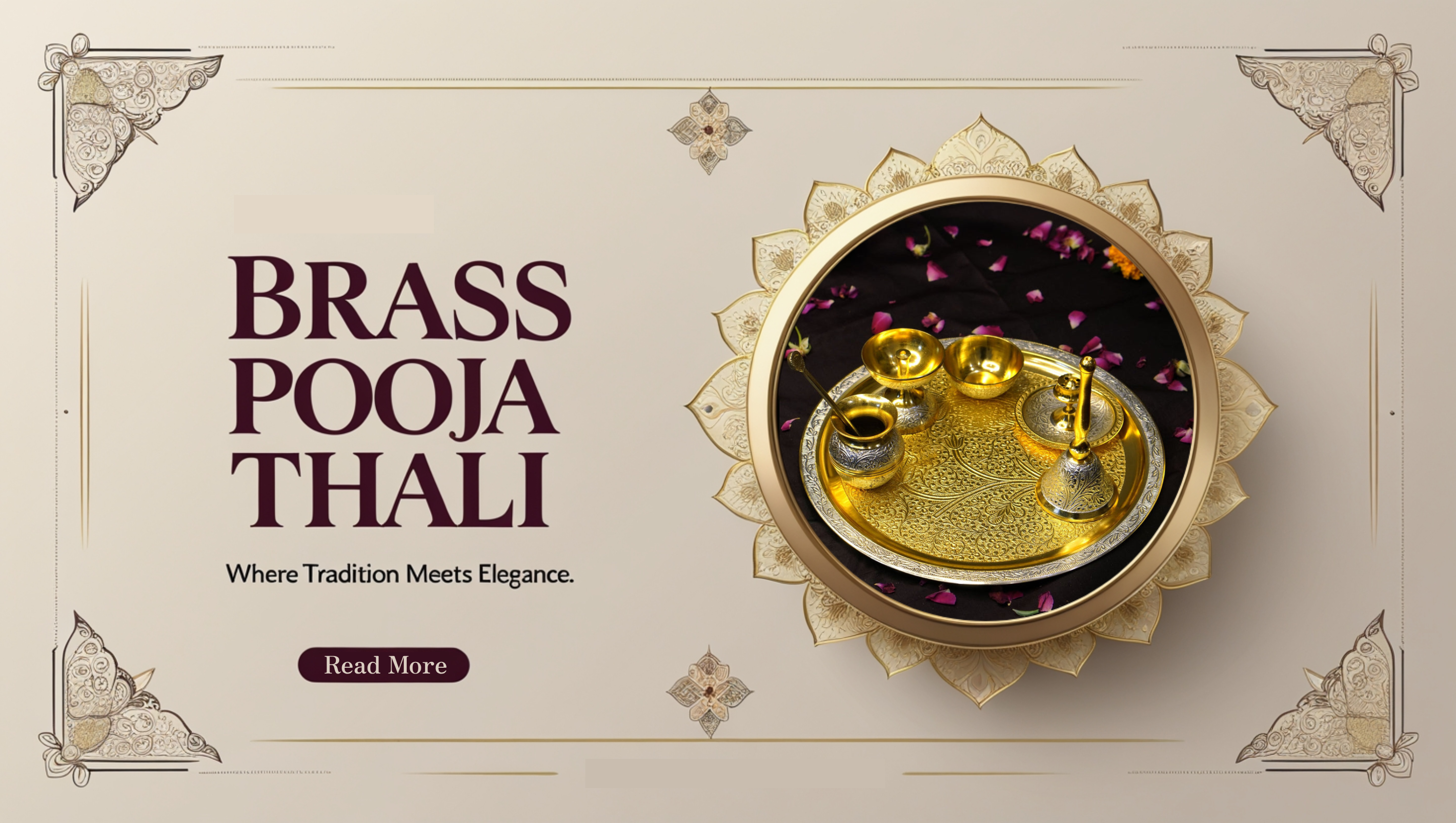
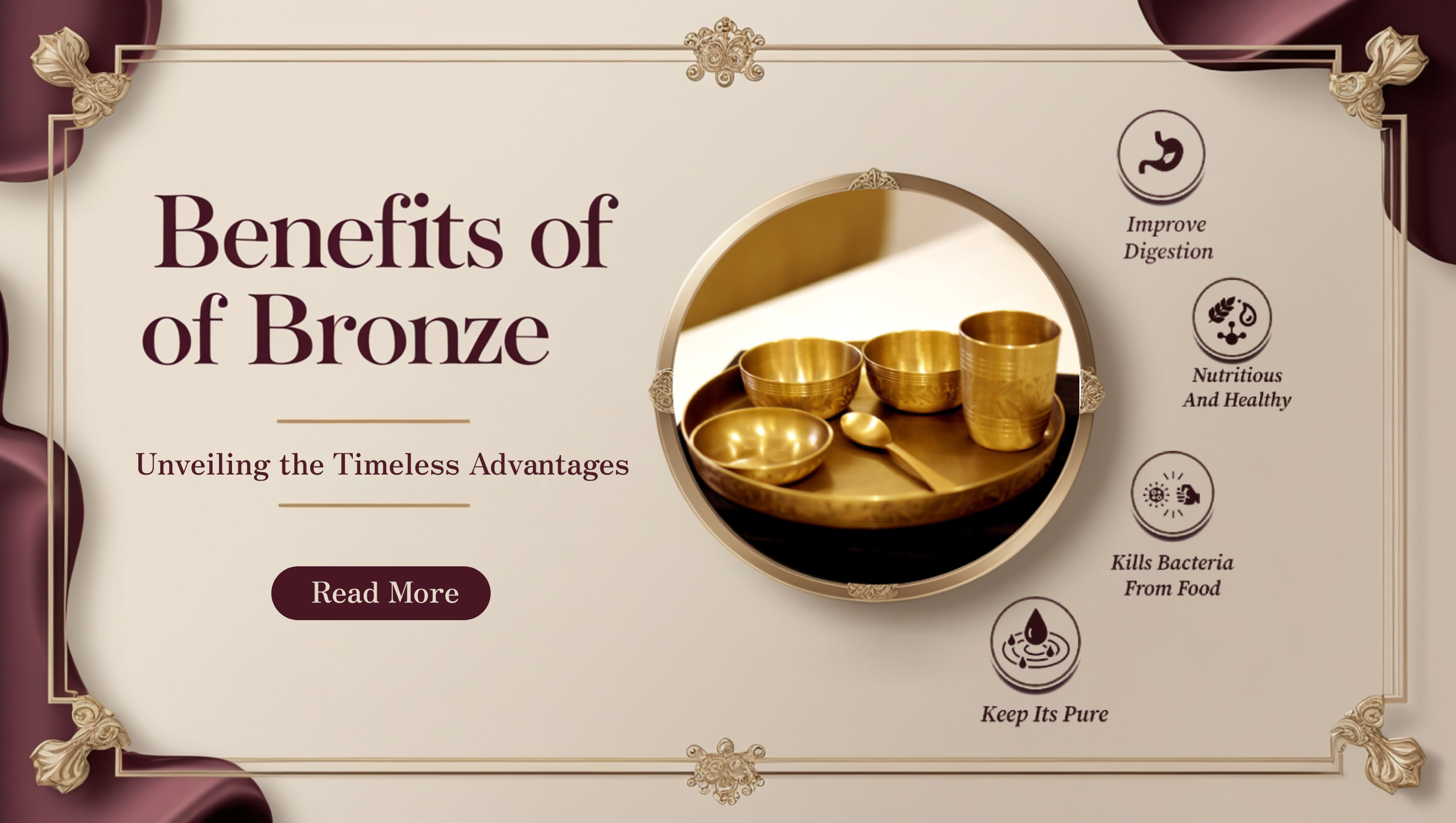
Leave a comment
This site is protected by hCaptcha and the hCaptcha Privacy Policy and Terms of Service apply.